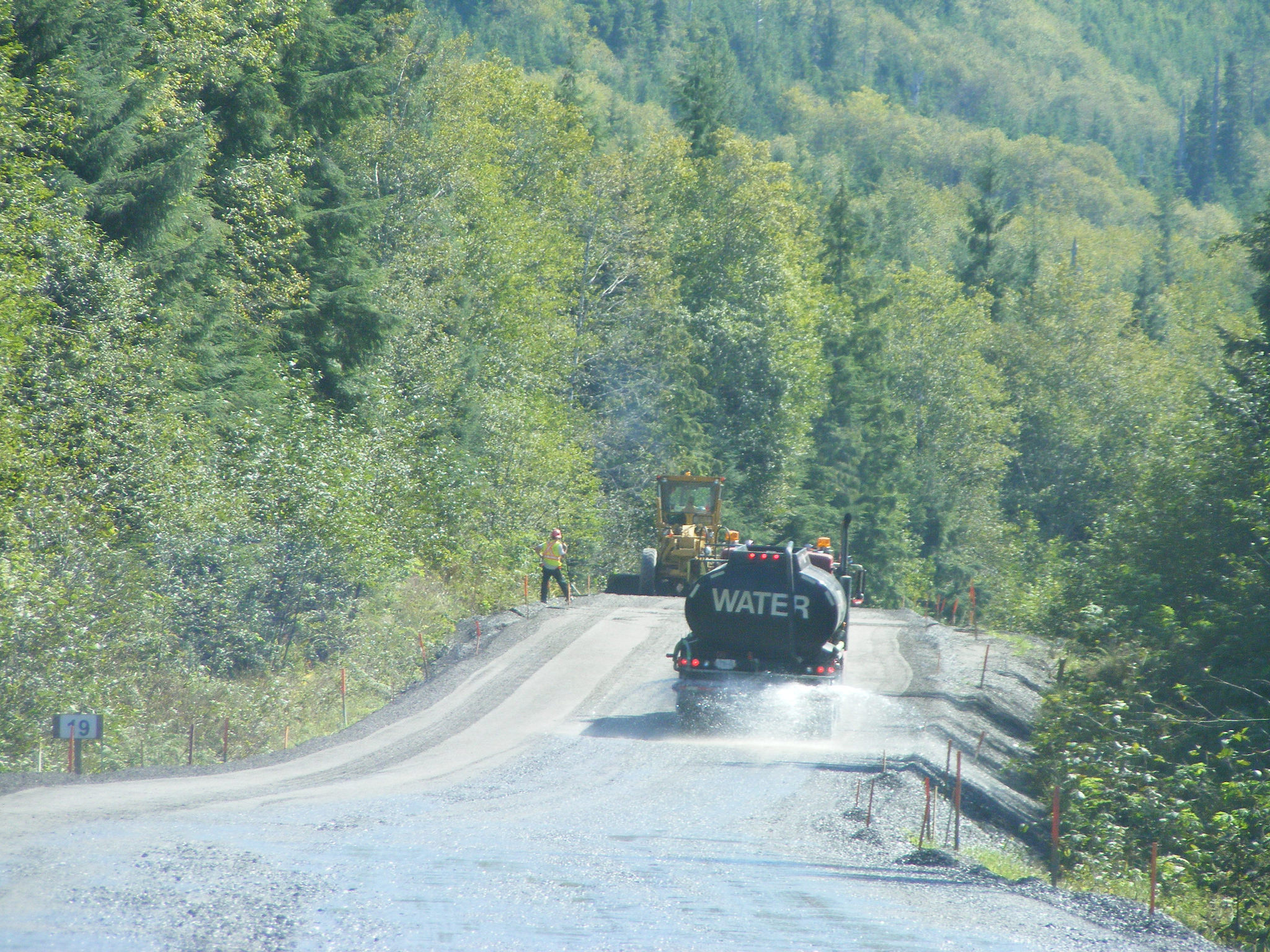 People who don’t venture beyond the city limits may not see why dust control is such a big deal, but it makes all the difference for those who drive our gravel roads. And it’s not just for driver comfort, either. It also enhances safety, reduces maintenance costs and maintains the quality of life for rural residents by keeping the dust down in rural communities.
People who don’t venture beyond the city limits may not see why dust control is such a big deal, but it makes all the difference for those who drive our gravel roads. And it’s not just for driver comfort, either. It also enhances safety, reduces maintenance costs and maintains the quality of life for rural residents by keeping the dust down in rural communities.
Dust is a pretty big deal. When a gravel road becomes dusty, it starts to lose the fine, hard-packed earth that makes the road easy to drive. This fine material is the ‘glue’ that helps bond the road together. If that happens, the larger rocks and gravel that provide the strength for the road base will soon follow, which can make way for potholes and washboards.
To reduce the chances of that happening, once a year we use salt-based products called calcium chloride or magnesium chloride. The salt is hygroscopic, which means it can pull moisture from the air and hold on to it. This helps to keep things moist, but when it gets too hot and dry, we still need to spray water on the road surface to keep the dust down and get the most out of the calcium chloride.
There are more than 19,000 km of dirt and gravel roads that we look after, and to do that effectively, we need to prioritize. So the routes that see the most traffic will be done first. With regular treatments we can keep these roads in better condition and reduce maintenance costs. And that’s not all. Dust suppression provides other benefits that aren’t as obvious but just as important. For example, it reduces environmental impacts on the surrounding environment by preventing excessive build-ups of dirt on vegetation and in our waterways.
And, if you’ve never driven any of the province’s gravel roads before, it’s a great way to see the province.
Join the discussion